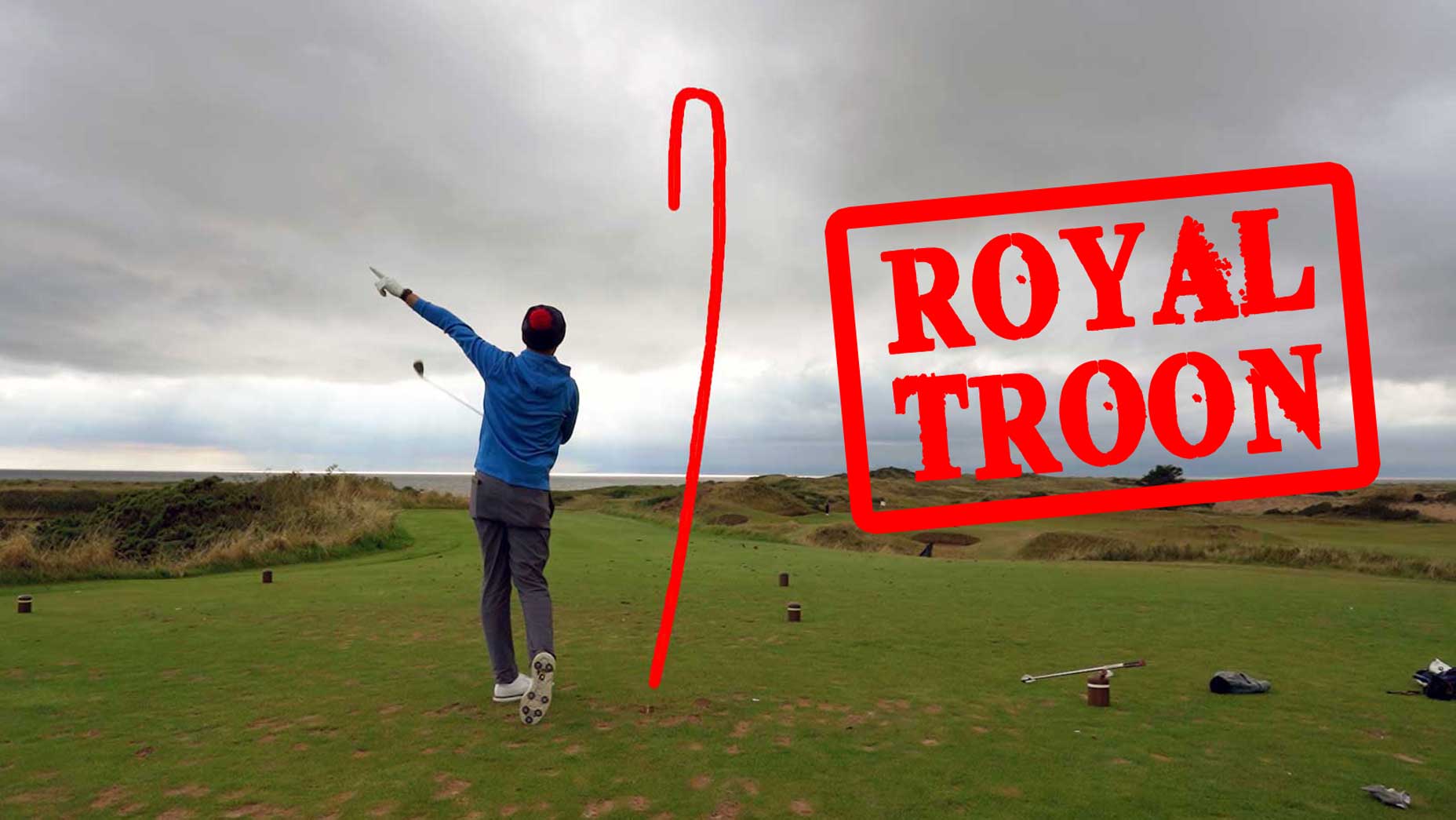The tagline for Great Chebeague Golf Club reads as follows: “Once you’ve played golf on an island, you’ll never be the same.”
It is simple, if corny, but whoever wrote it is not entirely wrong in the assertion. Once you’ve played the only track on Chebeague Island, you should be a changed golfer. It should change how you view golf courses.
As the third leg of a four-course excursion in the greater Portland area of Maine, my coworkers and I were under no pretense that this 9-holer would change our lives. Especially not when we boarded the first ferry of the day alongside local lobstermen. The first boat from Cousins Island to Chebeague Island departs at 6:15 a.m., but the next one not for another two hours. Plan ahead, and plan on early.
This is no car ferry, but it need not be for golfers. The course is just steps off the boat — literally. The 7th tee at Great Chebeague is maybe 100 yards from the cockpit, out on the edge of the pier, in the form of two driving-range mats. We’d never seen a tee box like it.
That 7th tee box is the perfect intro to Great Chebeague, which is the embodiment of golf that’s a good kind of different. Not drastically different. Just different enough for a double-take. Like how a road runs through the 1st, 2nd, 4th and 5th holes. Right straight through them. And a necessary road at that! Local rules have been created with the road in mind.
On the 1st, a 266-yard par-4, it’s mandatory that golfers play short of the road. That’s the rule. Don’t tempt fate, nor the starter. On the 2nd hole, with a wider view of potential traffic, you can bomb away at your heart’s desire. On the 4th, same thing. But on the 5th, you’re thinking about the road almost the entire time.
The road crosses the 5th hole about 270 yards from the tee, which is generally no issue for the first shot, but plenty to think about for the second. The hole measures 384 yards, so it’s a rather full, 140-yard uphill shot from the layup zone. No big deal at 8 a.m., when there are no parked cars in the way. But at 10 a.m., when a lineup of SUVs enter your golfing psyche, a thinned shot has never felt so expensive. (It might be out of necessity, but we figured that’s one way to fight the distance gains in golf: stick a line of large and very breakable things around the 300 mark. That’ll force players to lay up off the tee.)
The golf course architecture snob will scoff at a gimmick like that, and the handful of others at Great Chebeague, but chances are they might never get out to that course anyway. The roundtrip ticket is $20 on its own and the all-day playing fee is $50. You need to want to play this golf course to get the most out of it. But from the looks of the grounds on a Wednesday morning in August, a lot of people want to play this golf course. The ferry works its magic that way. You’re never far enough from it to forget how you got to this golf course. You’re playing a special brand of this game, probably unlike you’ve ever played before. And they’ve got even more local rules to help out. Those scared off by the line of cars and the bisecting road can take a one-shot transfer fee and play from the other side. Mark that down under the best local rules of all-time.
As such, Great Chebeague seemed like the perfect place to learn the game. A place where some rules are bent permanently, and others are bent temporarily. Do your best and see how it works out. The course record is 60 (30-30 with an ace) and it hasn’t been beaten in the last 70 years. That 7th hole, playing from the ferry dock? What awaits you is a green so small it feels unfair. Deal with it. The differences between Chebeague and mainland golf are not exclusive to the greens, fairways and roads, either. The best local rule of all is a perk of proximity: Residents play for free after 5 p.m. We love that. We love all of it.
Check out more from our delightful trip to Maine, including a visit to Cape Arundel, Belgrade Lakes and Boothbay Harbor in the video below.









